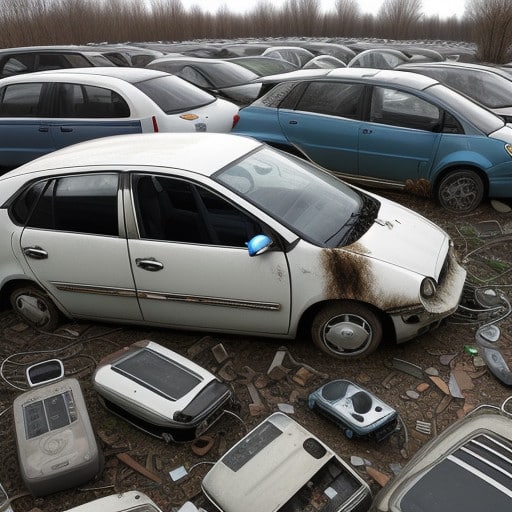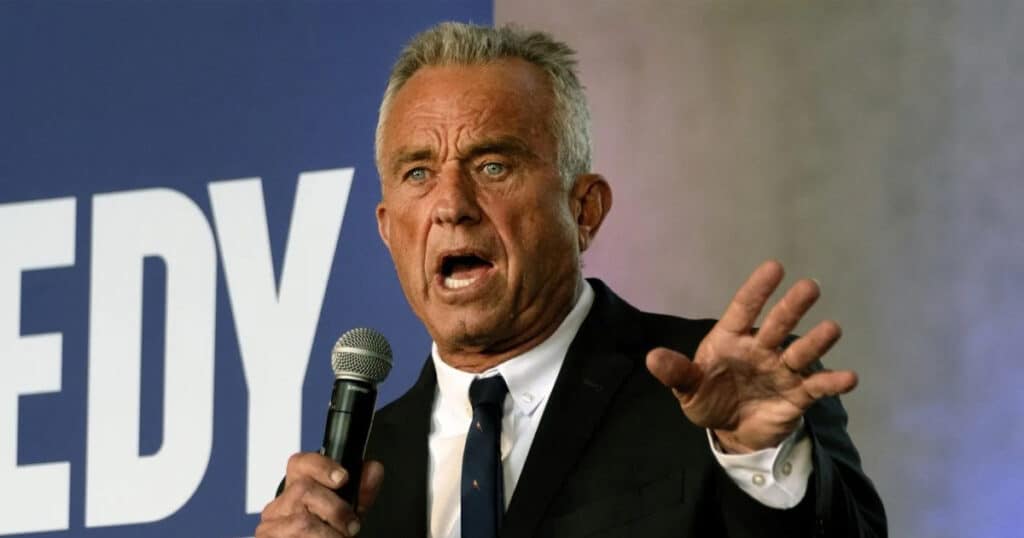
The NHTSA Must Shut Down EV Production Pending an Investigation
It doesn’t matter if it’s phones, TV screens, AI or robots, early adopters play an important role in bringing cool tech to the masses. It’s one of the most appealing aspects of capitalism. If you have the money, you get to try out the best new stuff first.
But what if becoming a beta tester endangered your life or the lives of your family?
Which brings us to EVs.
During the recent cold snap, temperatures plummeted to below zero over a large part of the Midwest, including Chicago, where the high on Sunday was one degree Fahrenheit, and the low was minus nine.
In what may prove to be a seminal moment in the fight against government transportation authoritarianism, large numbers of EV owners were stranded in subzero temperatures, waiting in line for hours to charge batteries through charging stations that were either inoperable or operating at such a low efficiency rate that sustaining a practical charge was impossible.
As a result, many of these unfortunate early adopters abandoned their cars at the charging station or left them on the side of the road, relying on rides from friends, family or Uber drivers in gasoline-powered vehicles.
After reading an analysis of why the freezing weather turned Teslas into “dead robots,” it’s not hard to understand why ICE engine owners want nothing to do with this new technology. Here is what EV drivers apparently didn’t understand when they got into their cars that day.
One major thorn in the process was probably the lack of knowledge about battery preconditioning. Preconditioning itself requires energy, so leaving your EV at a low SoC (state of charge) can hamper that process. Owners have pointed out that preconditioning can consume between 7.5 to 12 kilowatt-hours, and those figures can vary depending on the set defrost level and set cabin temperature.
And since Tesla’s typically stop preconditioning at a lower SoC to avoid running out of charge ahead of reaching a fast charger, that battery conditioning isn’t started until the car is plugged in, which means a slower fast charging session, assuming the charger is functional. If it’s not, it could mean a SoC too low to reach another Supercharging station, thus leaving the car stranded.
Seriously?
I guess EV owners need a degree in electrical engineering to drive their Tesla. It seems that any hope of using an EV during a severe winter cold snap is contingent on “battery preconditioning,” which means the battery has to be pre-heated before it can accept any kind of charge, especially from a “fast” charging station. However, there were numerous reports that the charging stations weren’t working even with preconditioned batteries, and to make matters worse, preconditioning reduces range, which was already significantly diminished because of the effects the weather had on the batteries.
The Ignored Effects of HEAT on EV Batteries
On the other end of the spectrum, we need to consider the effects of extreme heat on EVs. Over the course of last summer in the Southwest, there were numerous anecdotal stories of EVs suffering from severely diminished range as well as battery failures. In fact, heat stress on EV batteries is actually worse than cold because it is more permanent. When the temperature rises, the ions in the battery speed up, and as that happens, they don’t attach to the anode or cathode as well. Over time, pressure and speed create small cracks in the components, which slows the chemical process and reduces battery life.
Range is also significantly impacted in hot weather. According to studies, EVs lose about 15% of their range when the temperature reaches 95 degrees and an astounding 31% when the mercury hits 100, but there is not enough data to draw reliable conclusions about EV battery performance in even higher heat conditions.
Isn’t that convenient?
So, what happens to EV range when the temperature hits 110 degrees in Phoenix, Tucson and Las Vegas, which is routine in the summer months?
It seems like no one knows for sure, but one thing is certain. If you’re stranded on a rural road in the Nevada desert in July because your EV batteries are cooked, you are in big trouble.
Published EV range figures are a fraud, and consumer groups should be demanding the development of an EV range rating system similar to the kind used for air conditioners, where manufacturers are required to test and publish extended range data that includes performance and efficiency ratings in extreme weather.
But that is unlikely to happen for one simple reason. Reduced range in inclement weather is the EV industry’s Achilles heel and dirty little secret. If consumers in Phoenix knew their 300-mile EV was only going to give them 150 real miles or less when the temperature hit 110, how many would still want to buy one? As long as the federal government and the EV industry can hide behind a range number calculated in perfect driving conditions, the average consumer might fall for the con.
EV PR Debacle
When coupled with the environmental disaster EVs present, it’s hard to imagine why anyone would want to buy one of these modern day Edsels. The catastrophe in the Midwest should do enough damage to an already weakened industry to relegate these products to a “niche” category.
There are real issues of health and safety here that must not be ignored, and that’s why NHTSA should call for an immediate halt to EV production until this charging and range mess can be sorted out. I’m not sure if any loss of life resulted from EV batteries and charging stations failing in the Midwest over the past week, but if not, we should give thanks to the Almighty because the situation could have easily turned into a tragedy.
Imagine someone with children driving an EV with a low battery that’s draining rapidly because the heating system also requires electricity. The nearest charging station isn’t working, and neither is the next closest one. Finally, when the anxious driver finds a station that works, their vehicle won’t accept a charge because the battery is frozen.
That, my friends, is an emergency that occurred because of woke leftists demanding the end of internal combustion engines to “save the environment,” no matter what the human costs. It’s far too soon and too dangerous to adopt EV technology on a macro scale.
Don’t think for a moment that the left cares what happened to these people who endured below zero temperatures in an inoperable vehicle. In fact, it kind of brings them closer to their ultimate goal, which is to force you onto public transportation.
It’s time to stand up and demand that all laws and regulations pertaining to the ban on gasoline engines are immediately rescinded, and EV production is shut down until this technology can be proven safe to use in harsh conditions.



